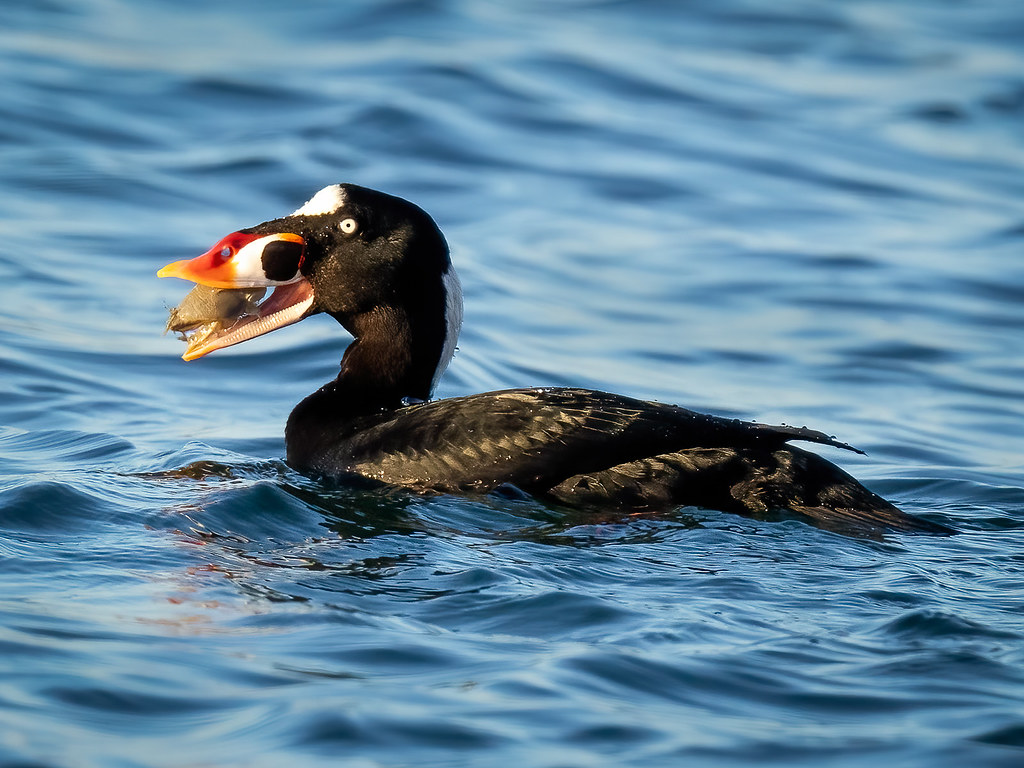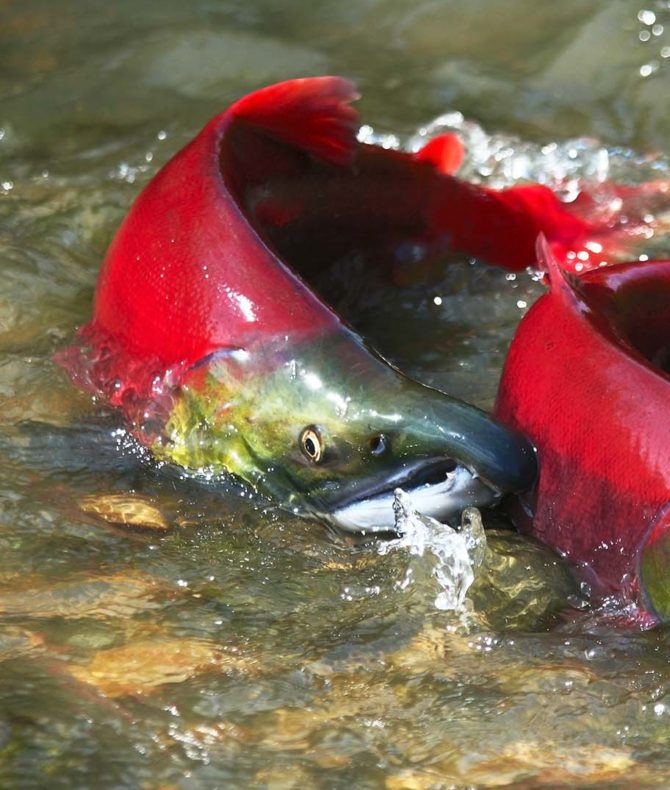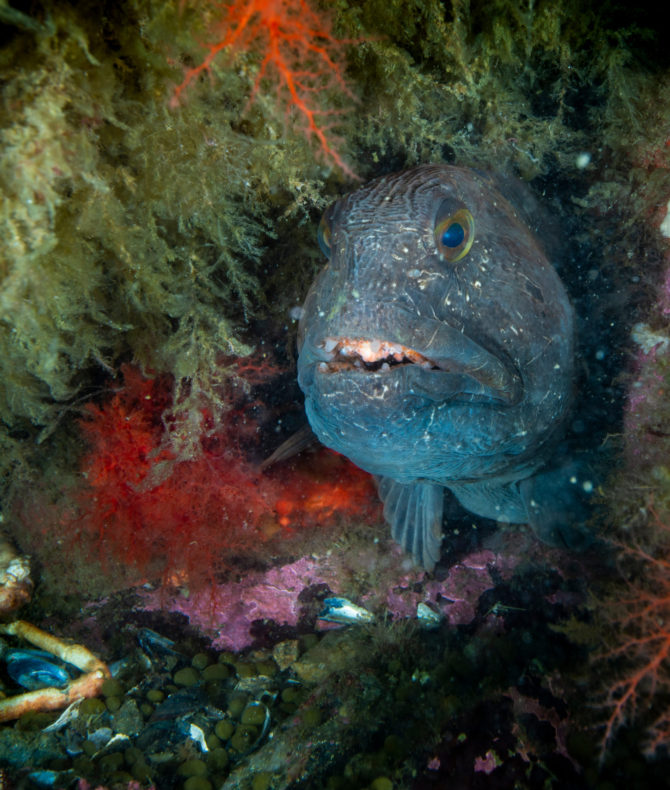About
Located within the traditional and unceded territory of the Mi’gmaq / Miꞌkmaq First Nation, the Baie des Chaleurs bioregion is located in Northern New Brusnwick and includes the Chaleur, Restigouche, and Nepisiquit watersheds, all of which flow into the Baie des Chaleurs. The bioregion boasts a diverse range of habitats, from crystal-clear rivers that support some of the largest wild Atlantic Salmon migrations in the north Atlantic, to extensive tracks of Wabanki / Acadian forest, and coastal wetlands, beaches, and dunes that provide habitat for many rare and endangered shorebirds and waterfowl.

Challenge
A variety of both historic and modern human activities put significant pressure on ecosystems within the Baie des Chaleurs, including habitat loss, invasive species, and both terrestrial and aquatic fragmentation. A total of 10 different pressures have been identified that, collectively, put the biodiversity of the Baie des Chaleurs bioregion at risk. Given both the geographic scope and cumulative impacts of these pressures, meaningful conservation in the Baie des Chaleurs requires strong partnerships and collaboration.
Solutions
With support from the Canadian Wildlife Service, Global Conservation Solutions facilitated a series of workshops to design a Habitat Conservation Strategy for the Baie des Chaleurs bioregion. Ten partner organizations participated in these workshops, including NGOs, provincial and federal government agencies, indigenous groups, and academic institutions. By applying the Conservation Standards framework, the team was able to create a shared understanding of the current health of the various habitats within the Baie des Chaleurs bioregion, as well as identify the suite of conservation and restoration strategies that various groups are already implementing, and the potential strategic gaps that need to be addressed.
Results
The planning team identified a strong vision for the Baie des Chaleur bioregion, where species and ecosystems benefit from active conservation, restoration and sustainable resource management, and local communities understand the link between healthy ecosystems, economic prosperity and human well-being, taking pride in the natural and cultural heritage of their region. Building on this ambitious vision for the future, the Habitat Conservation Strategy identifies both challenges and opportunities for conservation action in the Baie des Chaleur, allowing for better communication, coordination, and collaboration between regional and local conservation organizations.



